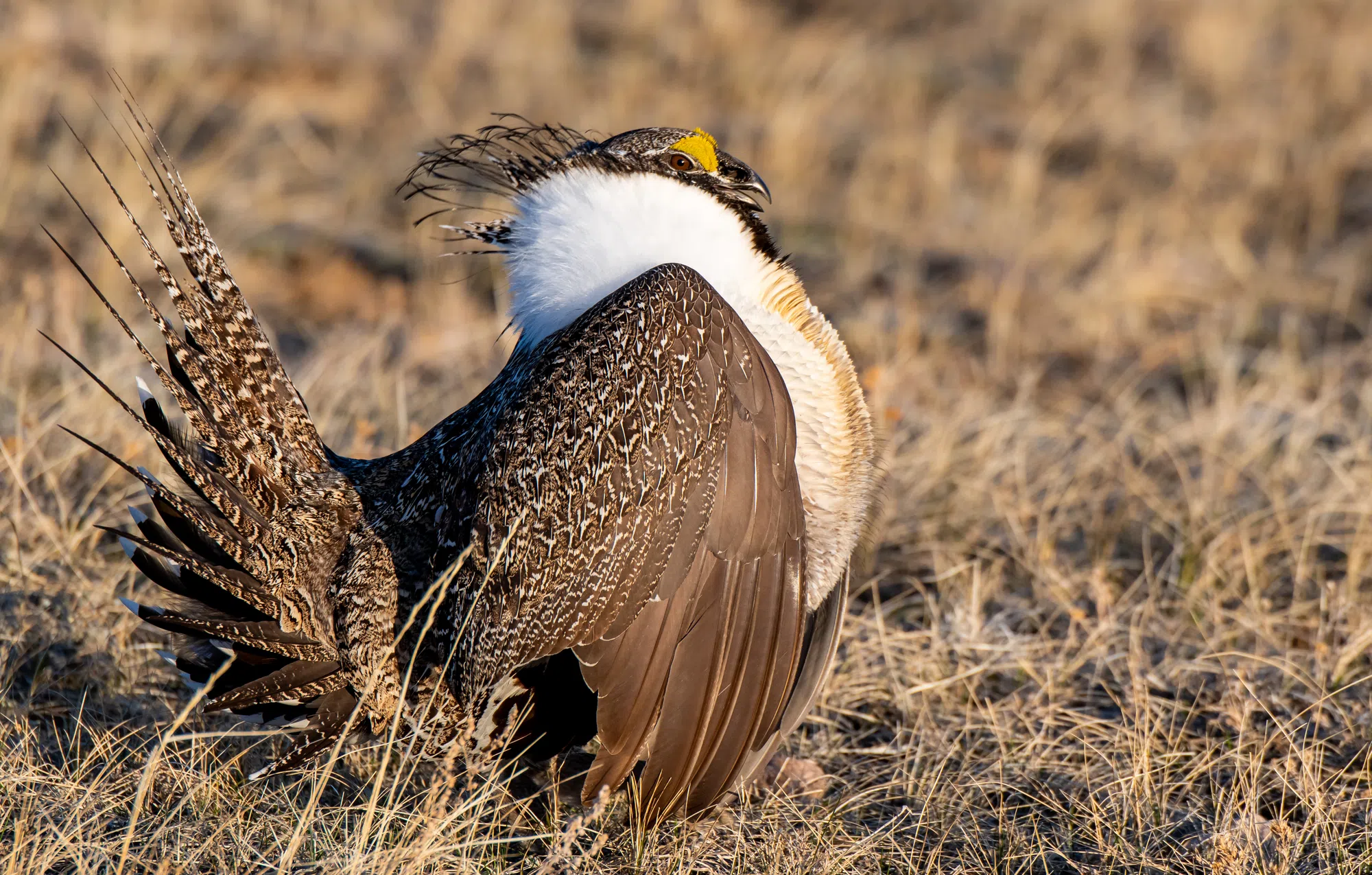The Public Lands Council and other livestock groups filed comments on the Bureau of Land Management’s draft Environmental Impact Statement (EIS) and draft Resource Management Plans related to Greater Sage-Grouse habitat management.
“The Greater Sage-Grouse has been a political football for decades and it needs to stop. The science clearly shows that livestock grazing on public lands helps sage grouse populations by protecting important habitat and increasing available forage,” said PLC President and Colorado rancher Mark Roeber. “Instead of fully embracing grazing as a management tool, BLM proposes huge restrictions on grazing and range improvements, and instead seems more willing to draw arbitrary ACEC lines on a map and call it a day. Ranchers have cared for America’s western landscapes and wildlife since the 1800s – we are a conservation solution, not an inconvenience to be removed from the landscape.”
Over the last 90 days, BLM repeatedly denied requests for comment extensions, including one submitted by PLC and our partners, despite uncertainty in other rules that will have a direct impact on these sage grouse plans. As a result, PLC’s comments raise significant issues about the apparent burden BLM expects grazing to bear regarding habitat indicators and mitigation, potential land designations totally more than 11 million acres, and unclear language that would result in loss of grazing activity.
There is ample scientific evidence to support the fact that livestock grazing improves sagebrush habitat and helps to conserve the species. Grazing reduces the risk of wildfires that kill birds and destroy habitat, reduces the encroachment of invasive species that degrade sagebrush ecosystems, and increases the biomass and diversity of insects that the sage grouse eats. PLC will continue advocating for the positive role of cattle grazing in sage grouse conservation and will fight to protect access and ranchers’ permits on BLM lands.
Public Lands Council press release





Comments